With over half of Sweden covered in forest, there are plenty of spots to satisfy your foraging needs. And thanks to ‘Allemansrätten’, the legally enshrined right of public access, everyone has the right to roam freely through Sweden’s beautiful nature (with the obvious exceptions of homes and private gardens). Foraging in the forest is completely legal, provided you treat nature with respect and give consideration to the person or animal who will be next to roam through the area.
As summer arrives so does the season of wild berries, known to be much sweeter than shop-bought ones, not to mention 100 percent organic, and free! What’s not to love about being outdoors, at one with nature, seeing the beauty of the forest and eating sweet berries as you walk along?
Lingonberries
Lingonberries are small red berries that are often quite bitter when eaten raw, but when combined with sugar they produce a jam that’s popular in Sweden to accompany meat and fish. The berries grow on small bushes in woodlands starting from late July through to September.
READ ALSO: How to make sweetened lingonberries
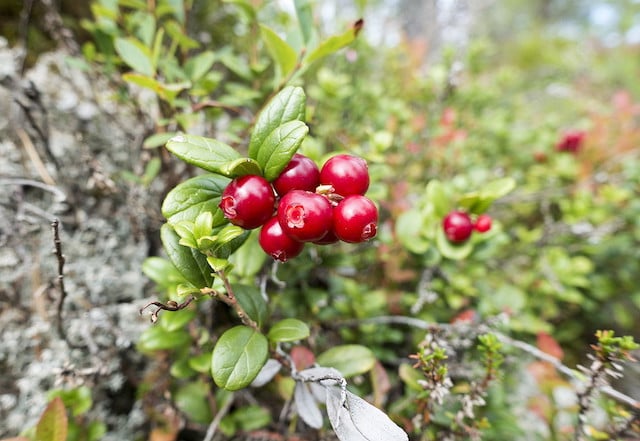
Lingonberries. Photo: Gorm Kallestad/NTB scanpix
Bilberries: European blueberries
The most bountiful berry in Sweden, the bilberry or European blueberry (different from but related to the larger North American blueberry), can be found almost anywhere from alongside roads to deep in the forest. They tend to grow in big patches on shrubs that are low to the ground and have dark, almond-shaped leaves. Bilberries are usually the earliest berry to harvest and come in season from mid-July to August.
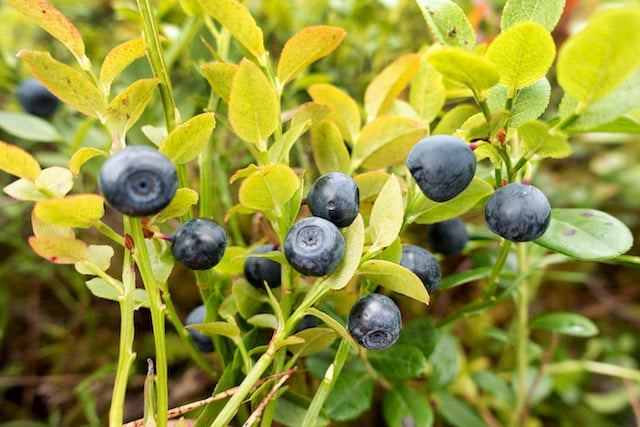
Blueberries. Photo: Gorm Kallestad/NTB scanpix
Raspberries
If you’re hoping to harvest some raspberries then make sure to look out for a spot of open space in the forest, as the bushes grow best when in full sunlight. Similar to blueberries, raspberries are ample in mid-July through to August.
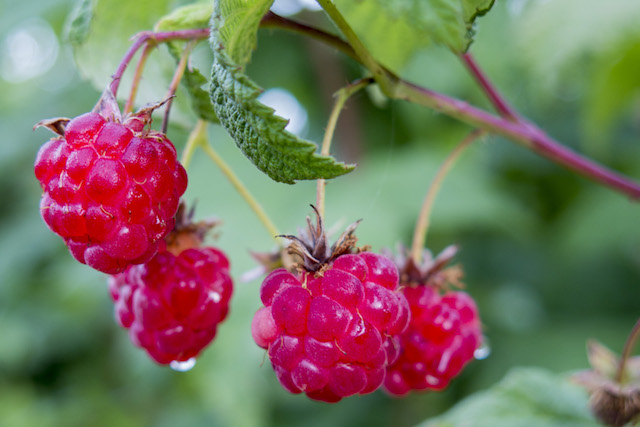
Raspberries. Photo: Paul Kleiven/NTB scanpix
Cloudberries
Cloudberries look very similar to their cousin, the raspberry, but are smaller and orange. These come in season slightly later, from August until September, and are not as common. So if you come across some on your foraging travels, make sure not to pass the opportunity up to pick some.
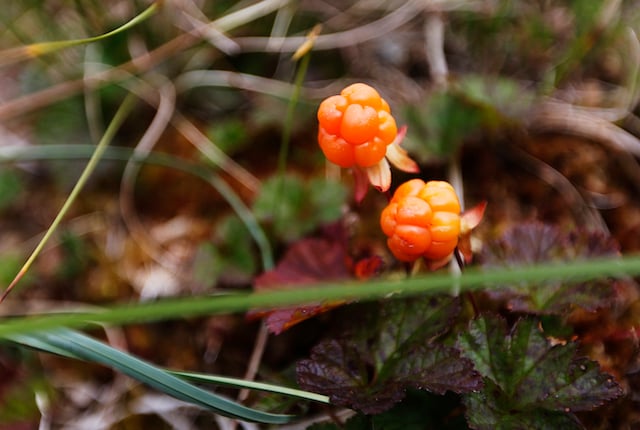
Cloudberries. Photo: Lise Åserud/NTB scanpix
Wild strawberries
Wild strawberries are much smaller, sweeter, and harder to find than regular strawberries, but they are very much worth the hunt. They can be found on bushes in the forests between early June through to July.
READ ALSO: Sweet news for Sweden’s strawberry fans
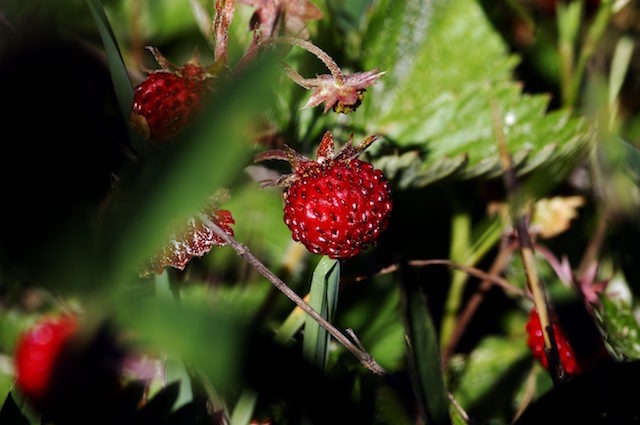
Wild Strawberries. Photo: Hasse Holmberg/TT
Blackberries
The larger the blackberry, the sweeter the taste, so if you’re on the hunt for some then make sure to pick out the biggest of the bunch. They grow on thorny bushes and are in season from mid-July to early September.
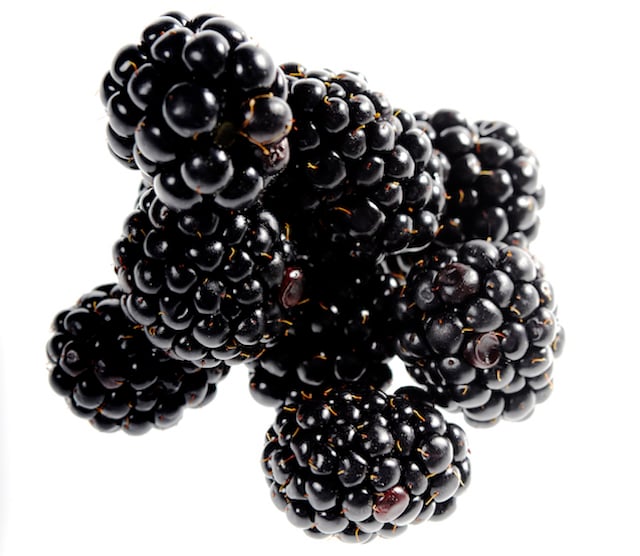
Blackberries. Photo: Jurek Holzer/SvD/TT
Elderflower
Though elderberries aren’t the greatest tasting berry out there, the same cannot be said about their flower – it can be used to produce a traditional, fresh cordial. Elder often grows in hedgerows near ditches and is in bloom in early summer from late May until the end of June.
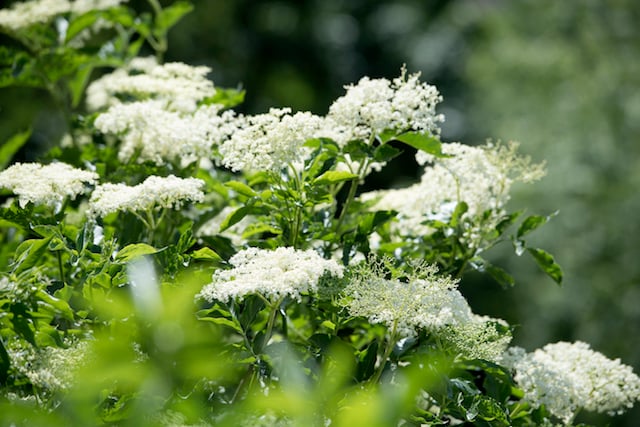
Elderflower. Photo: Maja Suslin/TT
Nettles
Berries aren’t the only thing the forest has to offer in summer, as nettles are also a popular pick for those who come across them. Not many know that nettles are in fact edible, nutritious and lovely in a soup. When foraging nettles, it is suggested to pick the top four leaves of the plant when it is most in season, which tends to be in early spring. But make sure to put gloves on before touching them as they can sting and irritate your skin.
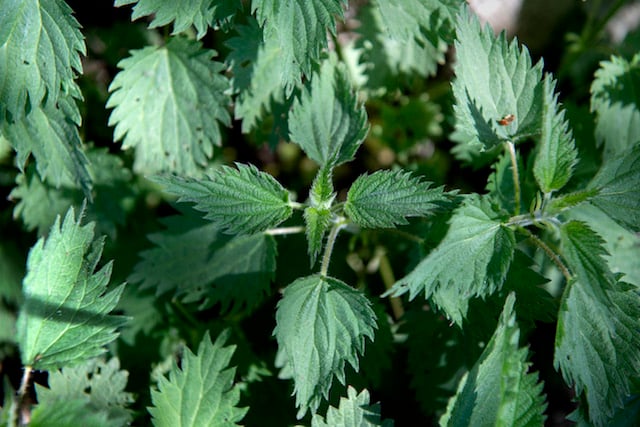
Nettles. Photo: Jessica Gow/TT
Apart from stinging nettles, there aren’t many plants that are dangerous to touch, most are only poisonous if you eat them. “Going out into the forest in Sweden is not a hazardous adventure. If you want to eat things you need to be certain that the plant or mushroom you pick is edible,” Sofia Blomquist from the Swedish Forest Agency (Skogsstyrelsen) told The Local.
It is important to remember when out in the forest to make sure you do not disturb the surrounding nature. When picking berries, make sure to leave enough berries for the next person or animal who comes along looking for them. It’s best to use scissors when collecting stuff rather than pulling at the root and potentially harming the plant.
Nature reserves and national parks will often have their own rules, so look out for signs that tell you whether or not you are allowed to pick wild berries and plants.
READ ALSO: Seven of the best places to wild camp in Sweden this summer
There are a few plants that are not free to take, such as spruce buds or birch-sap, so if you come across something you are unsure about, make sure to research and confirm that you are allowed to harvest it before you take it. Other than that, happy foraging!

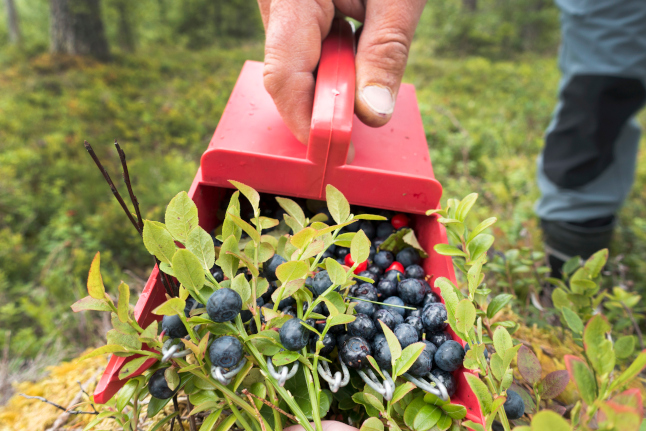
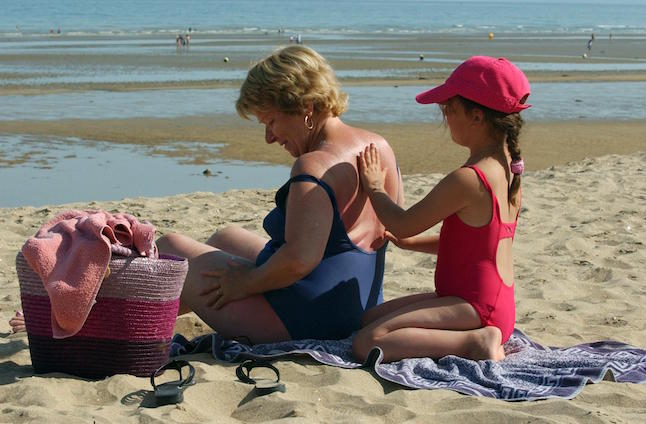
 Please whitelist us to continue reading.
Please whitelist us to continue reading.
But I also want to say you need to be cautious about ticks in the forest!
Tjenna!!…….did you forget smultron??
mvh
Michael……
Smultron are wild strawberries.
Tranbär or cranberries grow along lakesides – were they left out?